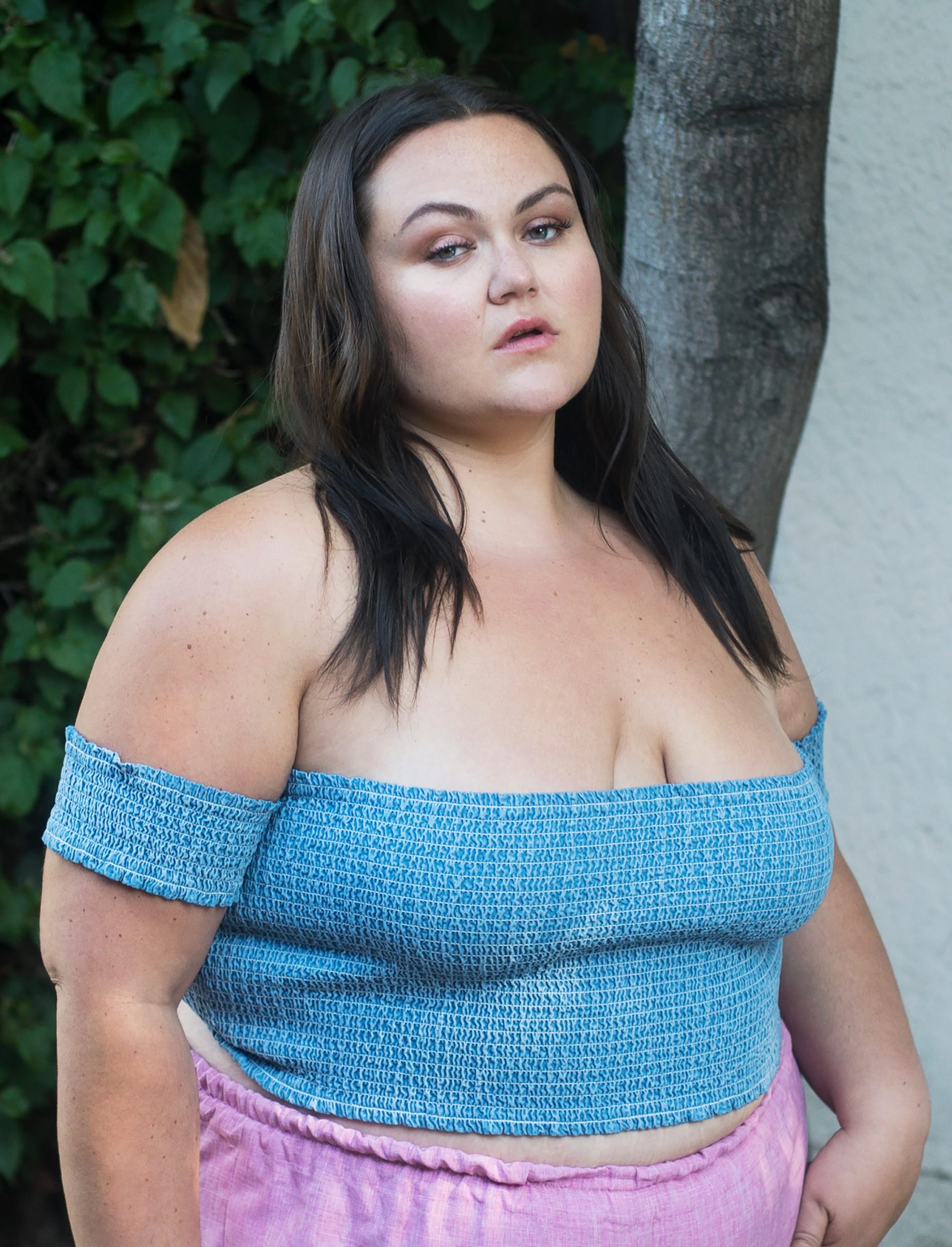You don’t like getting choked, spanked, gagged or handcuffed in bed?
Your sex life is vanilla.
Not into wasabi, sour craft beers or avocado ice cream?
Your palate is vanilla.
You still listen to Taylor Swift, Michael Bublé or Maroon 5?
Your whole fucking life is vanilla.
In recent years, the word “vanilla” has become a pejorative synonymous with “basic” — yet another pejorative, this time meaning liking the same things as everyone else. (Urban Dictionary’s top definition for “vanilla” is “unexciting, normal, conventional, boring.”) Essentially, using basic in such a way means you’re a basic consumer, mimicking the culture you endlessly scroll through as to indicate your (probably late) awareness of what’s trending.
However, as Sylvia Anne, an artist, actor and popular model, points out on Instagram: Basics need to stop using vanilla interchangeably with basic.
When I follow up with her on the phone, she adds, “Ancient Totonac Indians believed the vanilla orchid was born out of the soil bloodied by the princess Xanat and her forbidden mortal lover after they were murdered for eloping.” According to this database for vanilla lovers, while other tribes paid tribute to Aztec kings in gold or corn, the Totonac sent vanilla instead.
Egyptian pharaohs were mummified using styrax, an essential oil that smells like vanilla, and before that ancient Greeks burnt the stuff as an offering to the gods. Again, a far cry from the “basic bitch starter pack” of pumpkin spice-latte and an evening of missionary.
In terms of race, Sylvia Anne is referring to the way people have used the word to critique our country’s increasingly visible white supremacist population, often by tacking on “vanilla” before more appropriate descriptors like “terrorists,” or in some cases, by adding vanilla to the names of other, non-white, terrorist groups. “Vanilla ISIS” is a particularly bad one.
ISIS Baby.#YallQaeda #bundymilitia #OregonUnderAttack pic.twitter.com/QGoB74sCxk
— bennydiego✯ (@bennydiego) January 4, 2016
And while many people may be quick to claim the obvious relationship between vanilla and whiteness, Sylvia Anne points out that vanilla isn’t white— the cream in vanilla ice cream is. “It seems Vanilla Ice, whom I will refer to as Vanillin Ice from now on, had something to do with this complete bastardization,” she jokes. (Vanillin is the term for synthetic vanilla.)
In terms of describing plainness, Merriam Webster offers an explainer:
“The noun vanilla was first served up in 1662, but it took almost 200 years for its adjective use to become established for things, like ice and sugar, flavored with vanilla. By the 1970s vanilla was perceived as being the plain flavor of the ice-cream world, and people began using the word itself to describe anything plain, ordinary or conventional.”
To MEL’s credit, we have a documented history of exalting vanilla as a very important flavor. Just last year, for instance, I wrote that it’s the most attractive scent there is, not only among humans, but among all mammalian creatures:
According to our resident neurobiologist and animal sex expert Jim Pfaus, vanilla can’t be used as a scent identifier during his lab research because animals are too biased toward it.
“Whether the vanilla was paired with a sweet solution or pure water, animals consistently demonstrated a preference for vanilla over the other scents used in testing, such as lemon and almond,” Pfaus explains.
In that sense, vanilla is very arresting. Complex. Powerful. Not basic. Not white. Not boring.
So please, for the love of Xanat, Sylvia Anne and lexicographers around the world, please stop using vanilla to denote basic whiteness.

